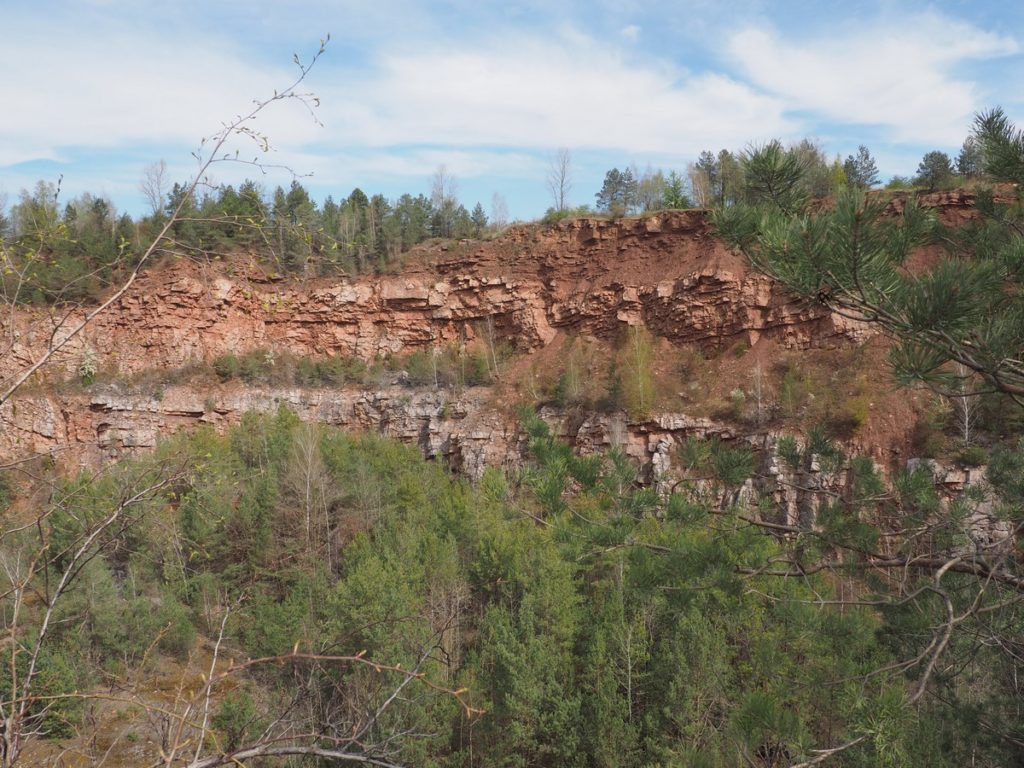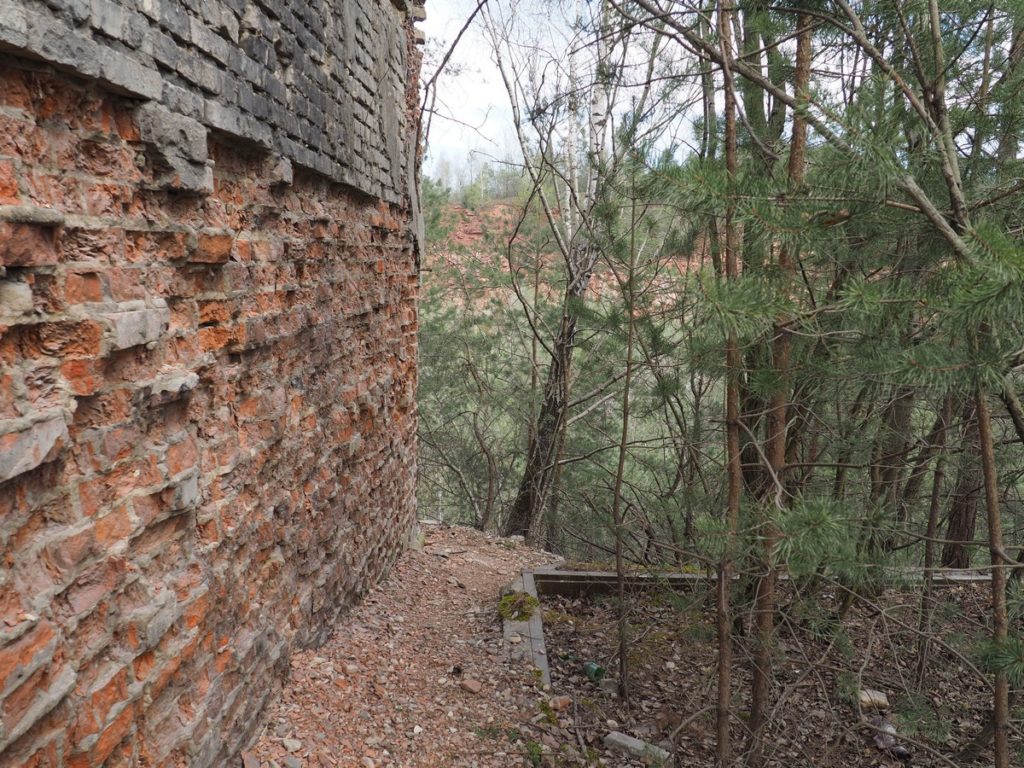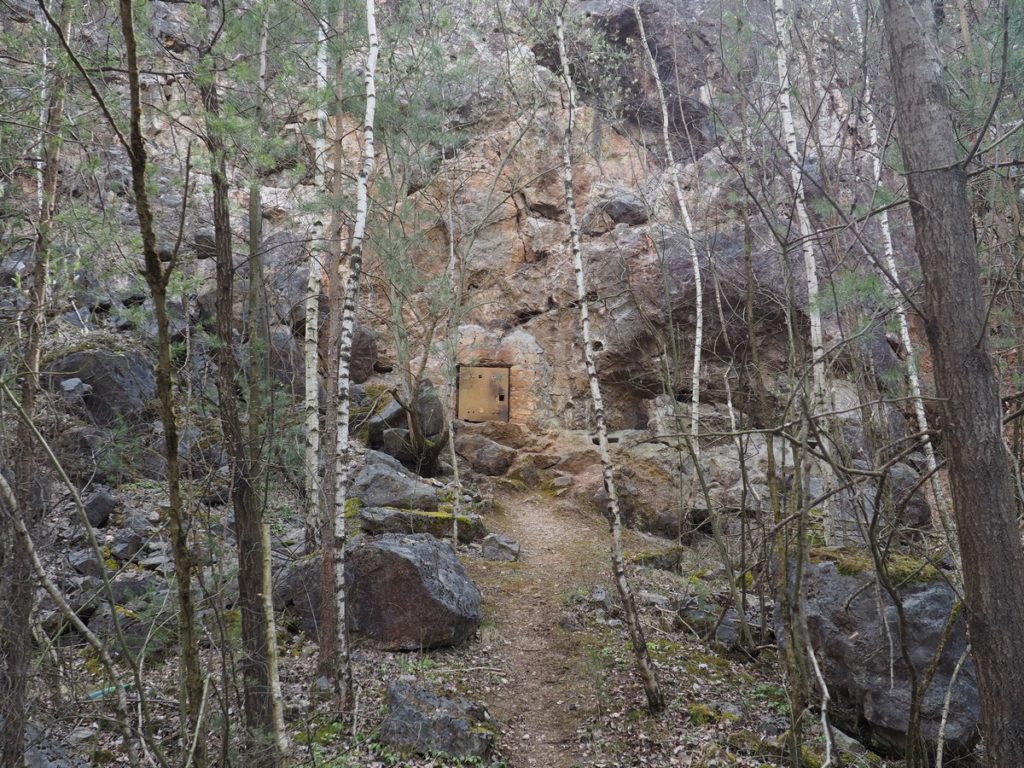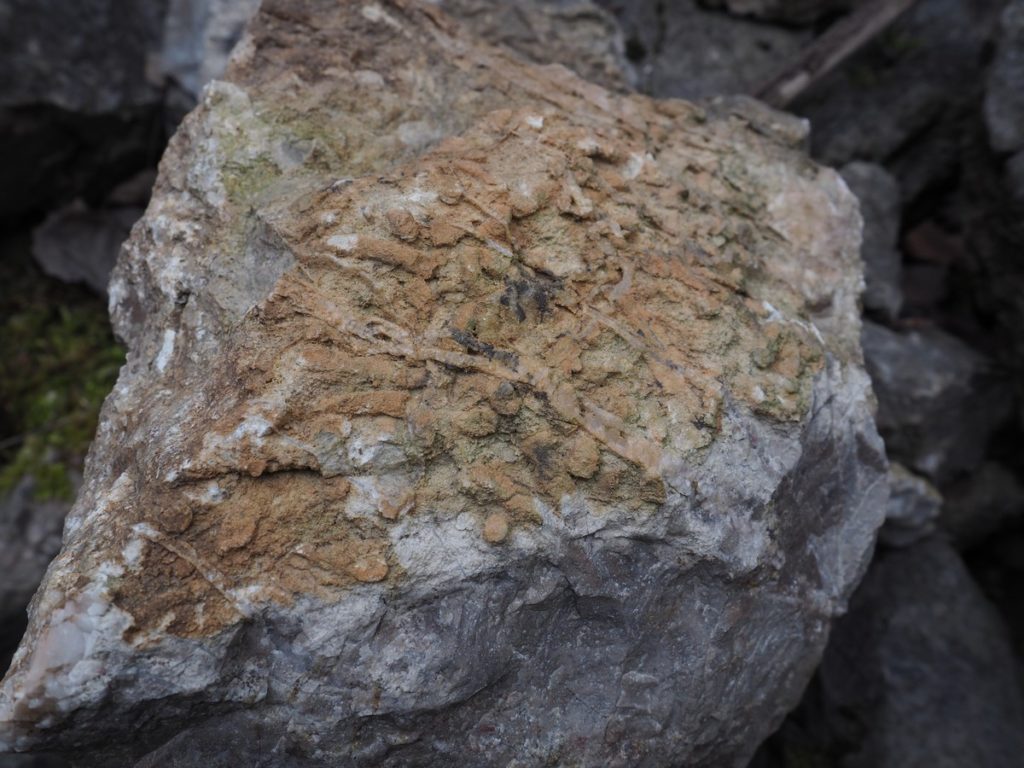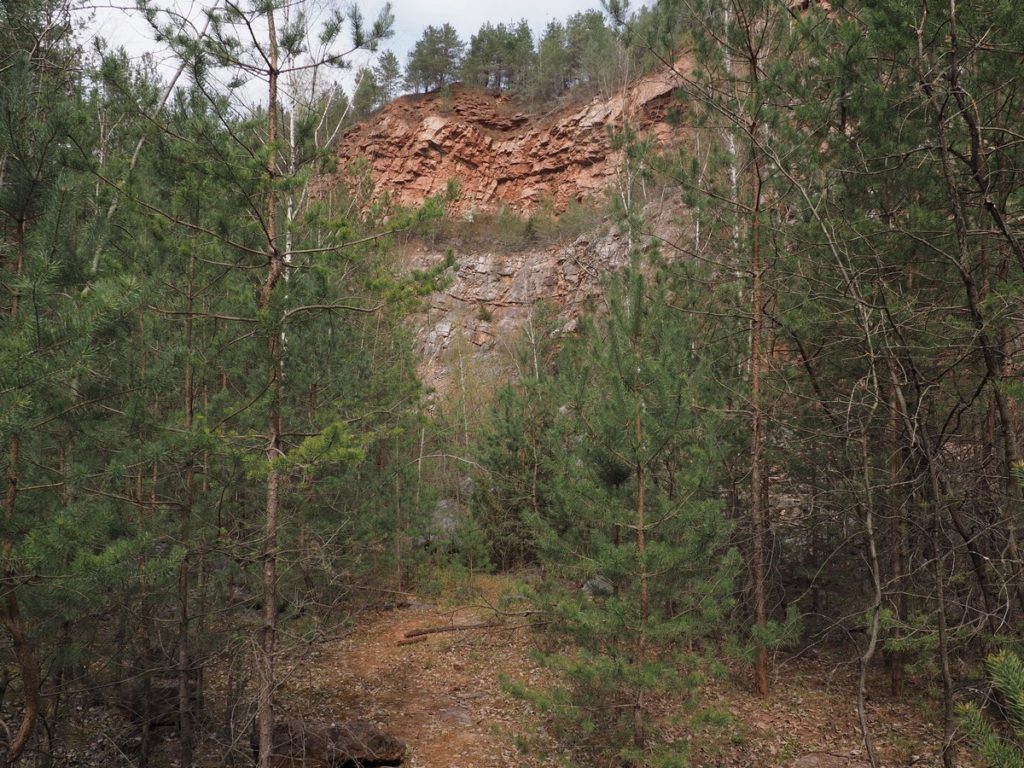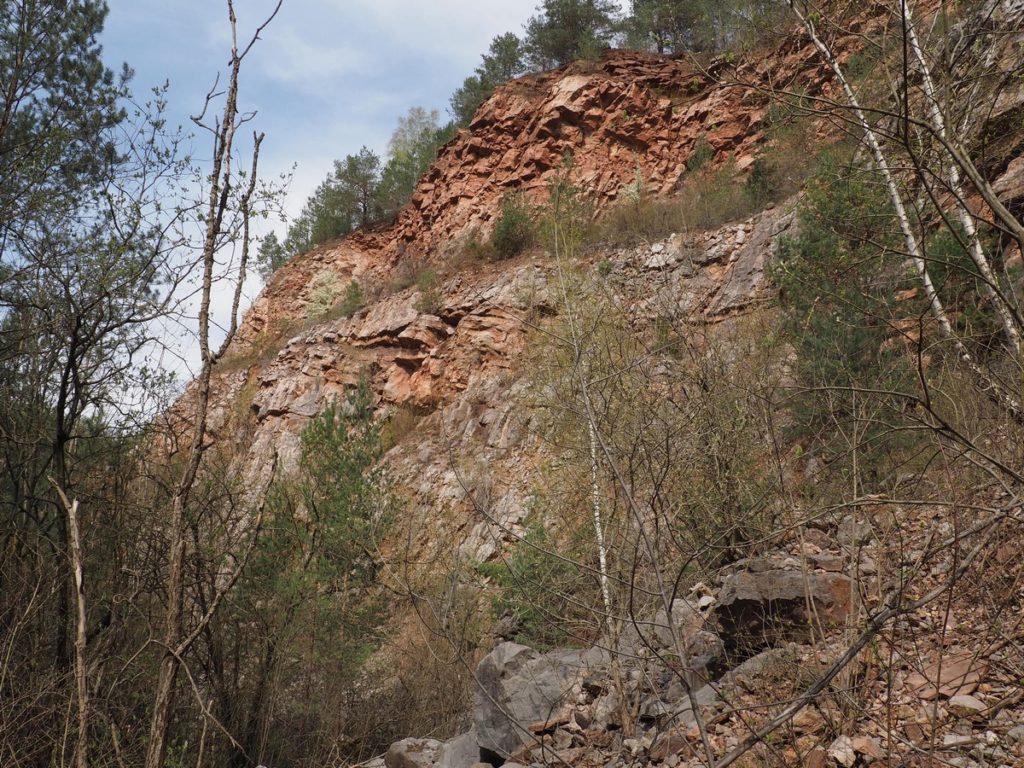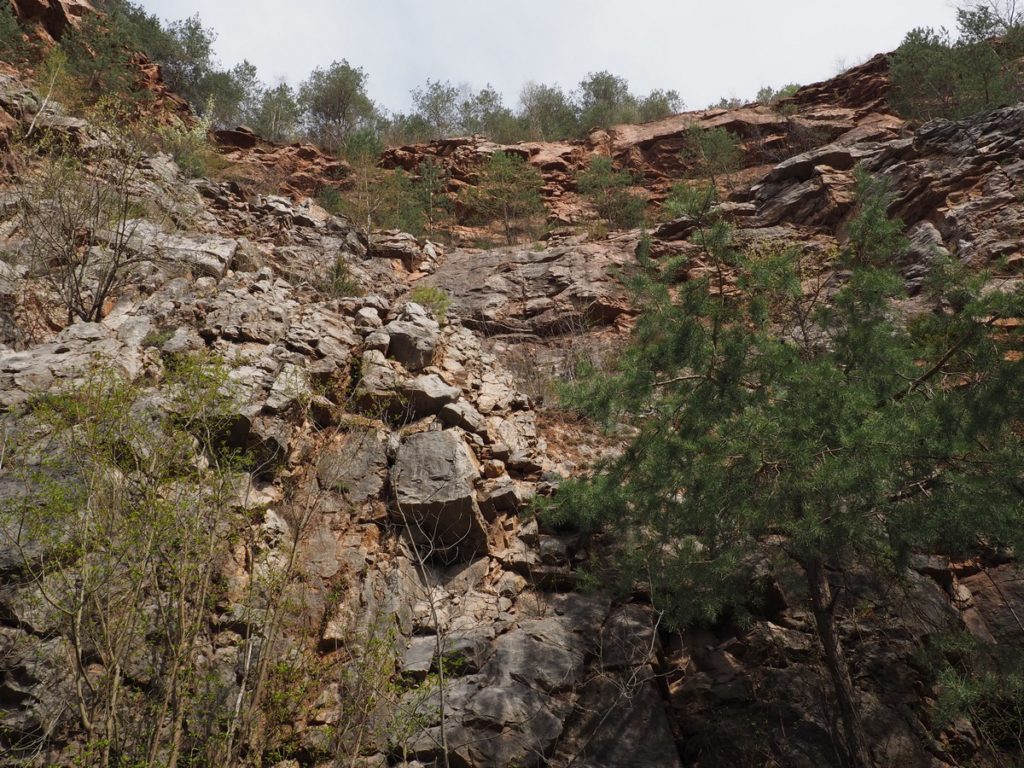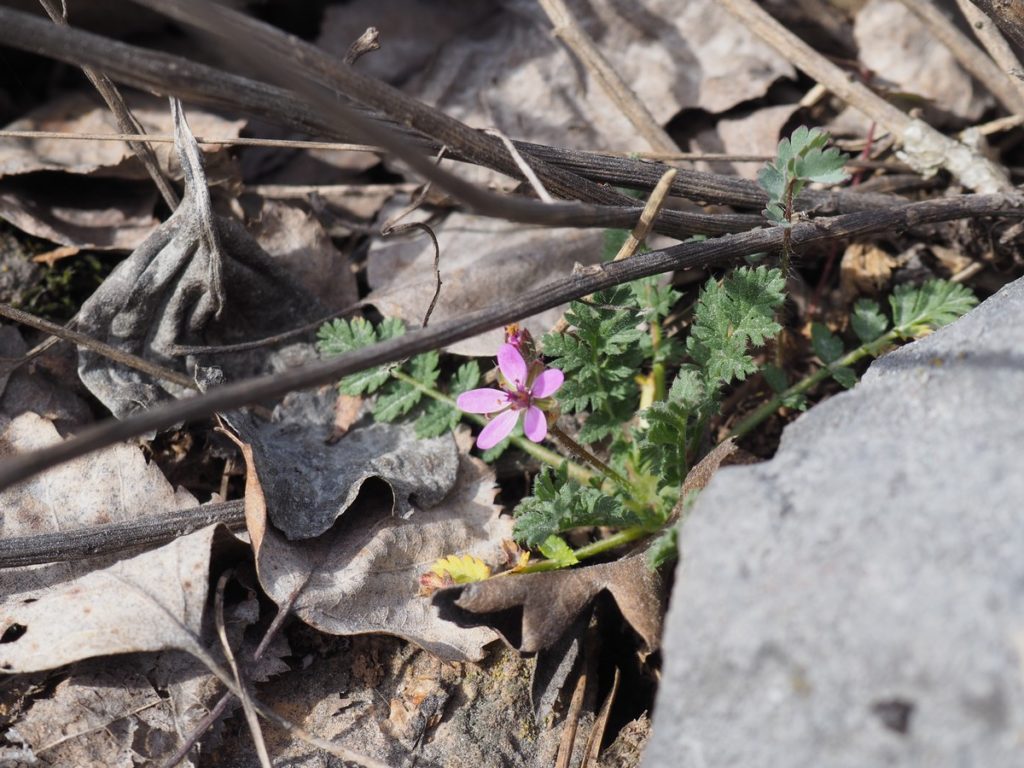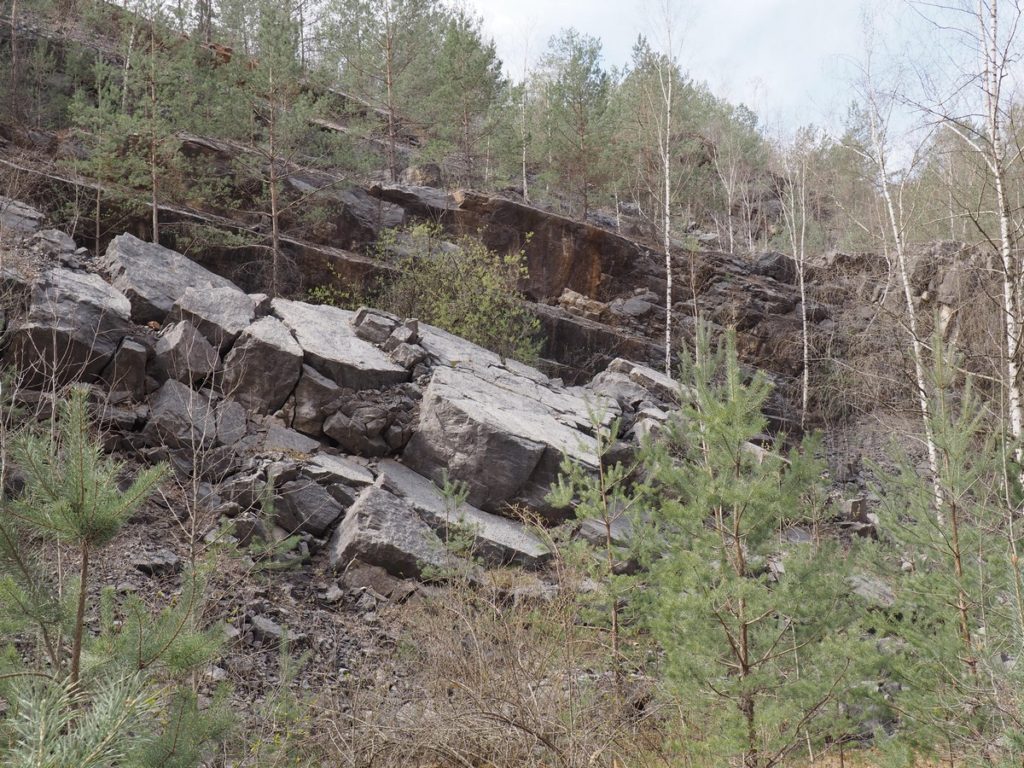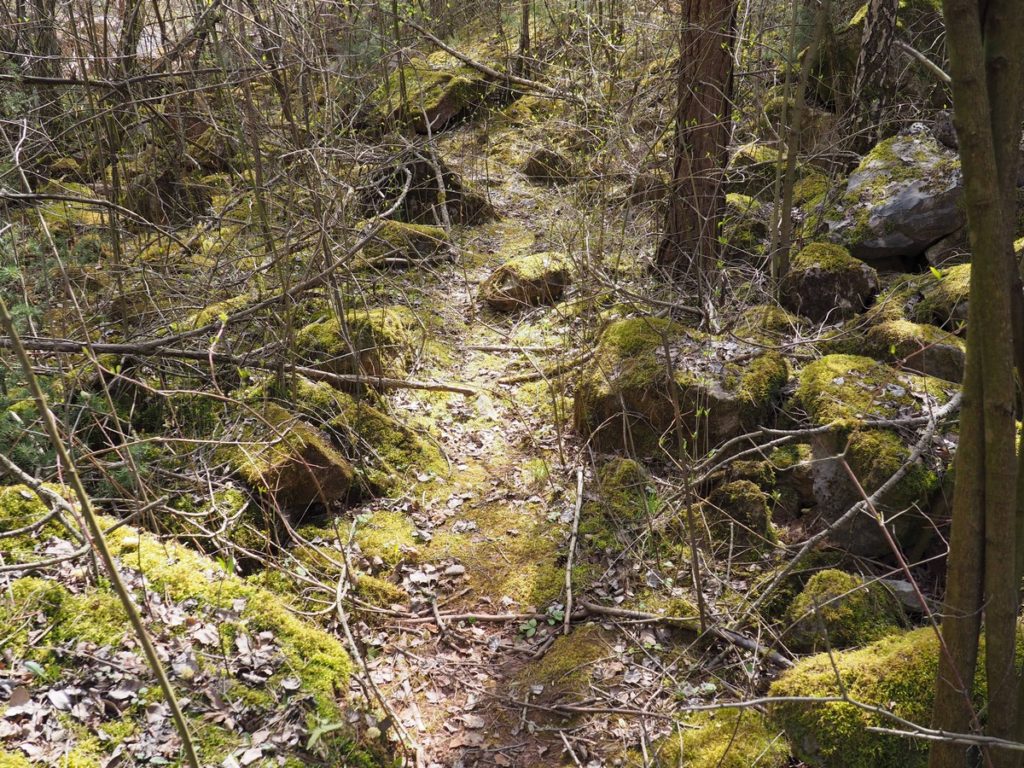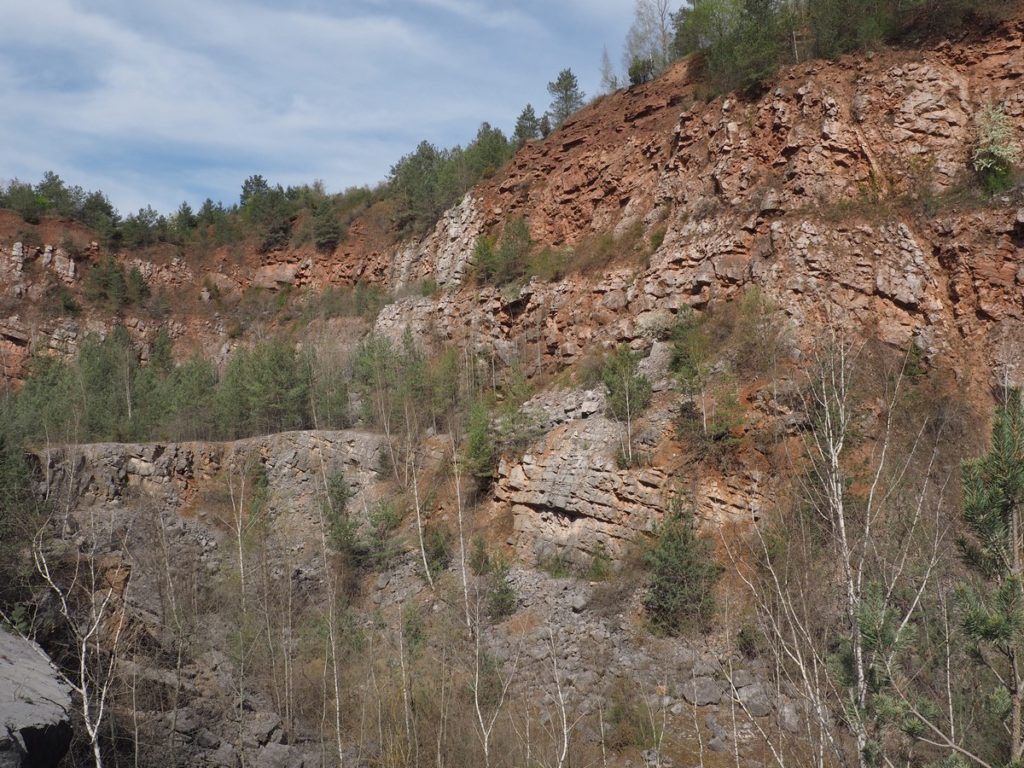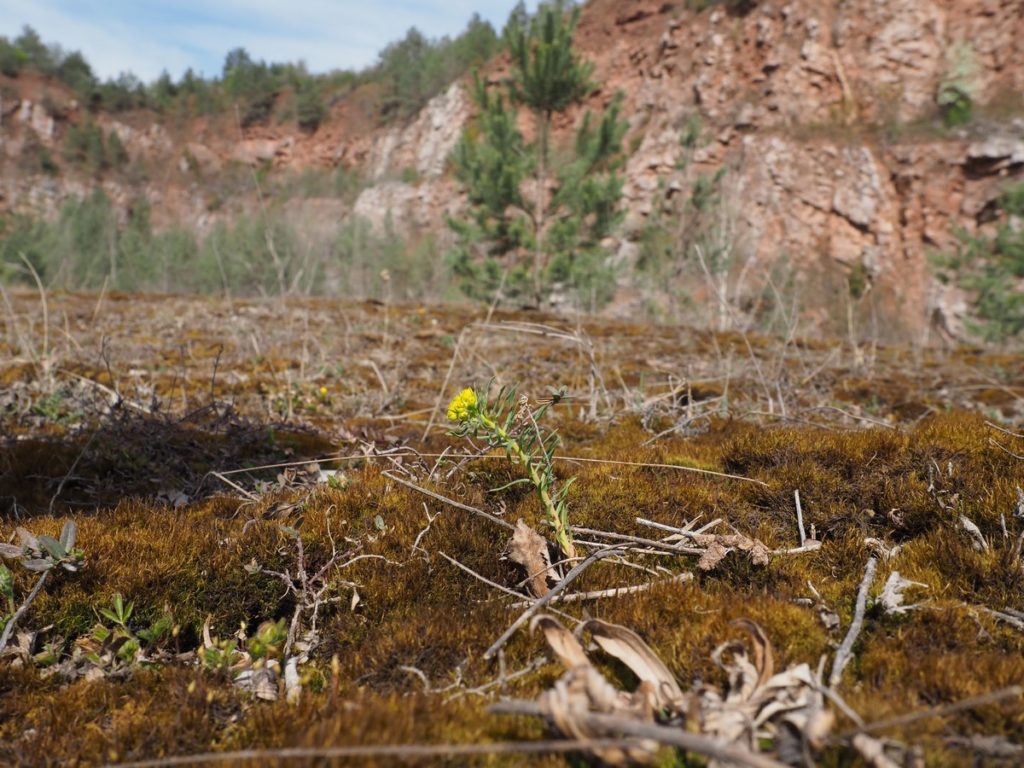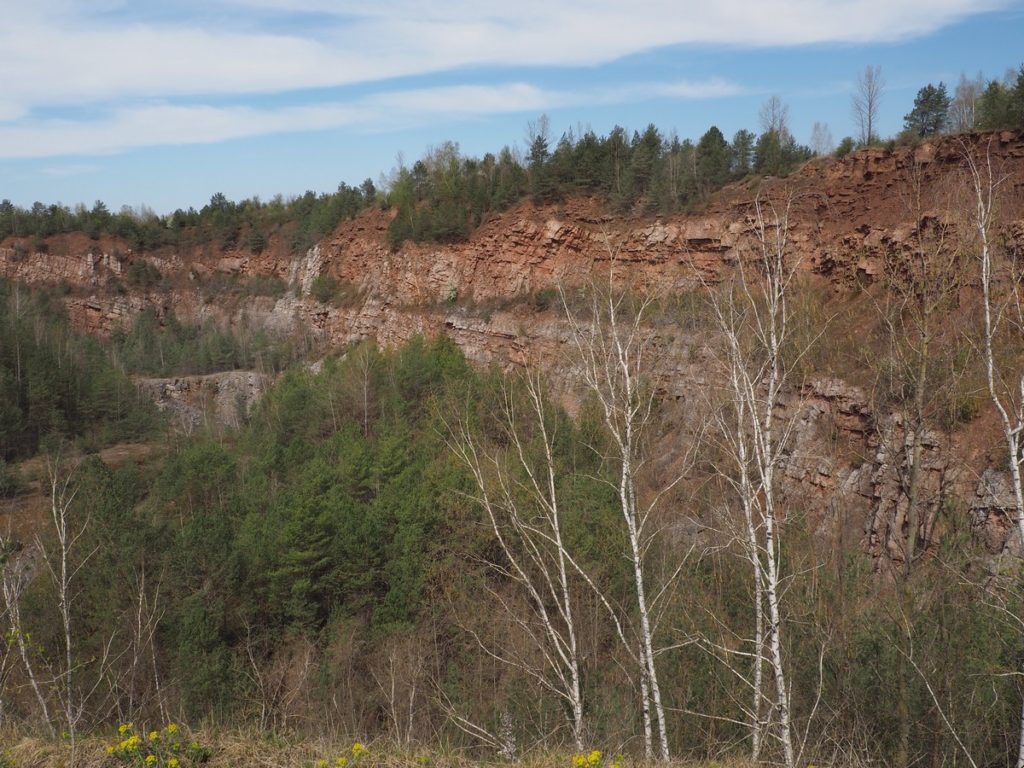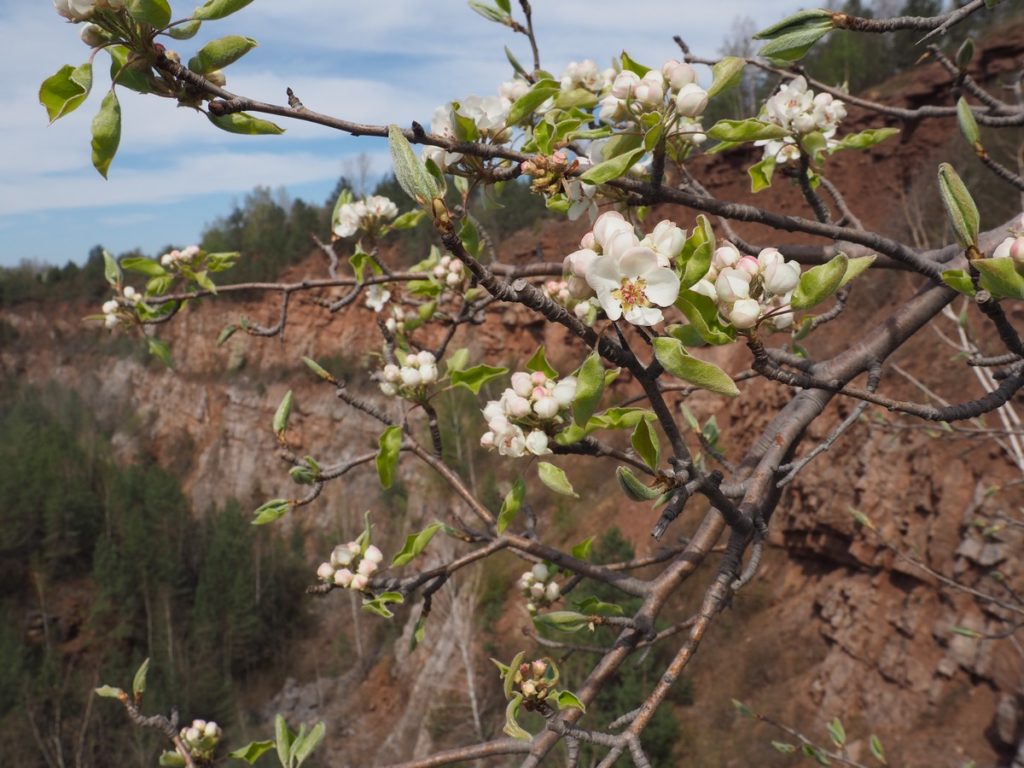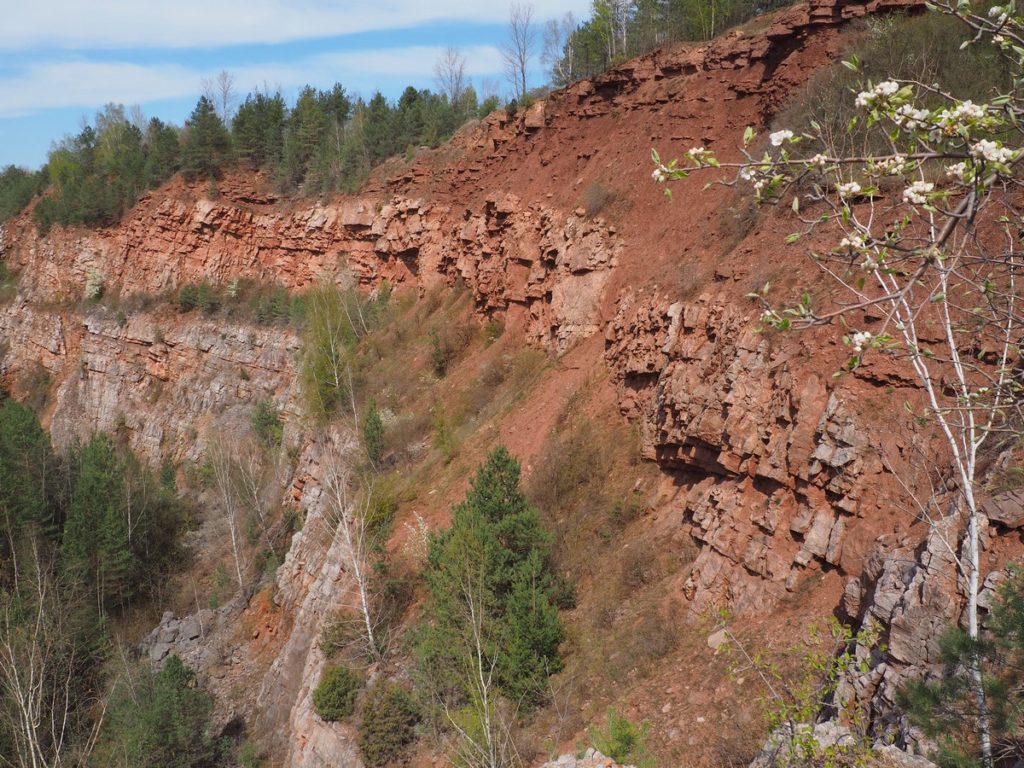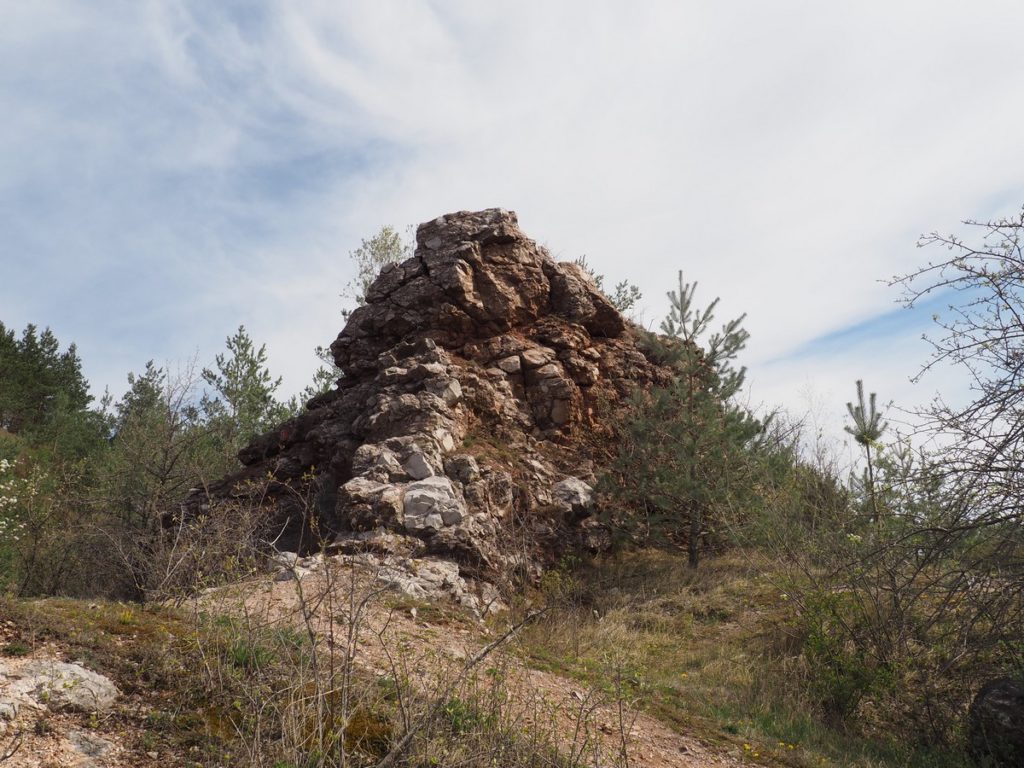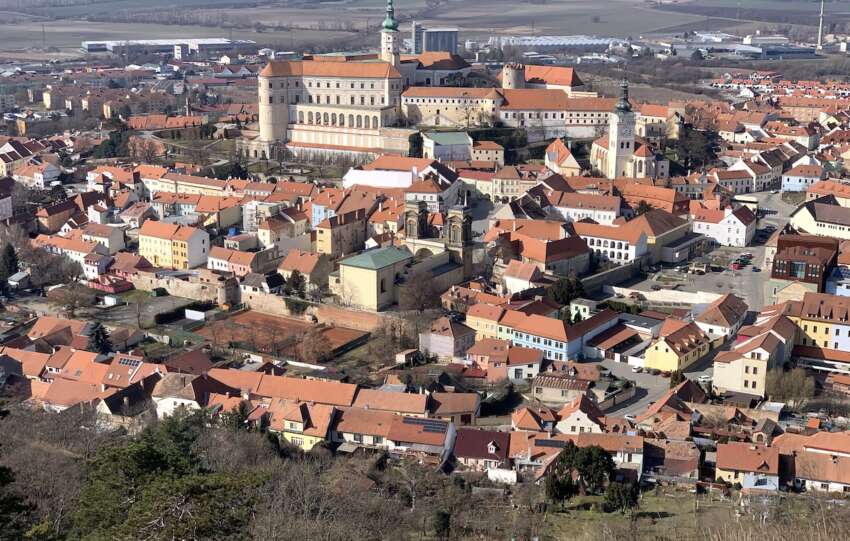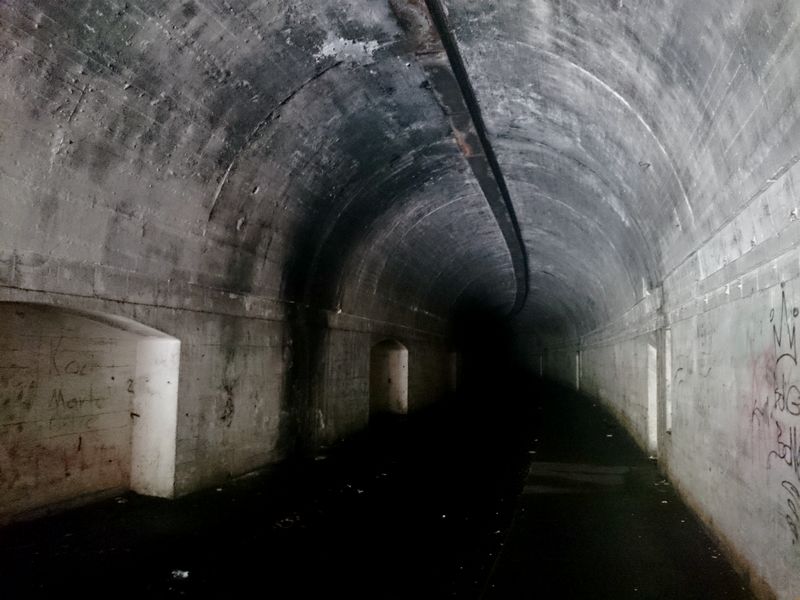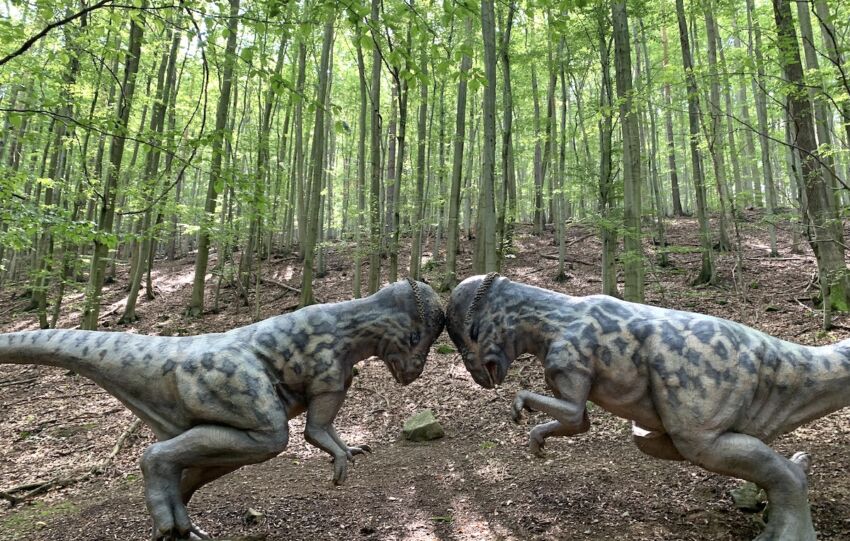Share This Article
Today I invite you just outside of Kielce. There is the Chelosiowa Jama reserve, which, despite the fact that it is interesting, is little known to many inhabitants of Kielce and tourists.
I think it is related to the fact that availability for tourists is very poor. The crushing plant working nearby and the unclear entrance road do their job. That is why today I will introduce you this place.
I know this place quite well, because the Chelosiowa Jama, or rather the didactic geological and natural path, was related to my master’s thesis. The path has never been made life, but who knows! :)
Unfortunately, I lost most of the photos I was taking at Chelosiowa Jamie due to a disk failure :(
Location
Chelosiowa Jama reserve is located in Jaworznia (Piekoszów commune). Coming from Kielce, you have to head towards Białogon, pass it and go towards the Kielce bypass. You pass it by the viaduct and you are in Jaworznia. You pass a petrol station, from behind which you should see the last remaining lime kiln. You can leave your car here somewhere.
Availability
Generally, there is no official entrance to the reserve (downstairs) with beautiful stairs, alleys and information boards. To get there you have to go towards the stone crushing plant. On your way, you will find a locked gate and an abandoned building. The path follows him. Be careful because it is located right next to a rather steep slope. After passing the abovementioned house, you have to pass a few mountains and you will see a path down. On the way you will see the former quarry rooms (be careful not to drop by). At the bottom you can see the door leading to the cave, which I will write to you about in a moment. I will mention now that it is closed to tourists because it is dangerous and “wild”.
If you are satisfied with the view from above (which is also nice) then you have to follow the road leading from behind the gas station towards the quarry.
A new building is being built next to the reserve (early 2020). I do not know how its construction will change availability.
History
Beginnings of Jaworznia village are related to the history of Piekoszów, already known from documents from 1432. Lead ore mines already existed in Jaworznia in the 18th century. In 1820 Jan Ullmann became the head of the mines. The annual output then exceeded the value of 200,000 rubles. Ullmann had a chapel built in Jaworznia, covered with lead mined on the spot. After his death, he was buried in a lead coffin, which, together with the roof covering, was seized and sold in 1920, and the body was desecrated.
In 1839, foreman Vogt from Jaworznia began acquiring raw materials in the area of Chęciny. The most profitable deposit he had was the deposit in the Moczydło mountain, which yielded 500 kg of lead and over 2 kg of silver from a ton of ore. In 1885, Jankiel Horowicz and Gotlib Morszka started mining Devonian limestone and burning lime.
In 1905, the joint stock company in Jaworznia, owned by Edmund Gajzler, started burning lime, giving rise to Kielce Zakłady Przemysłu Wapienniczego. In the interwar period, dark-colored “marble” blocks with rich white calcite veins were further excavated in Moczydlo.
In 1933 quarries were put up for sale. During the war, the quarries worked for the occupant, which resulted in a slower pace of work. In 1945, the plant was nationalized and subordinated to the Union of Limestone Industry of the Kraków-Kielce District with its seat in Kraków. In 1952, Zakłady Przemysłu Wapienniczego in Kielce was established, which included the “Jaworznia” Production Plant.
In 1977, changes in the image of the Jaworznia plant began. It was then that the residential building of employees and their families was demolished. In 1984, a similar fate befell two of the three unique shaft furnaces. Currently, the middle furnace has remained from the old buildings.
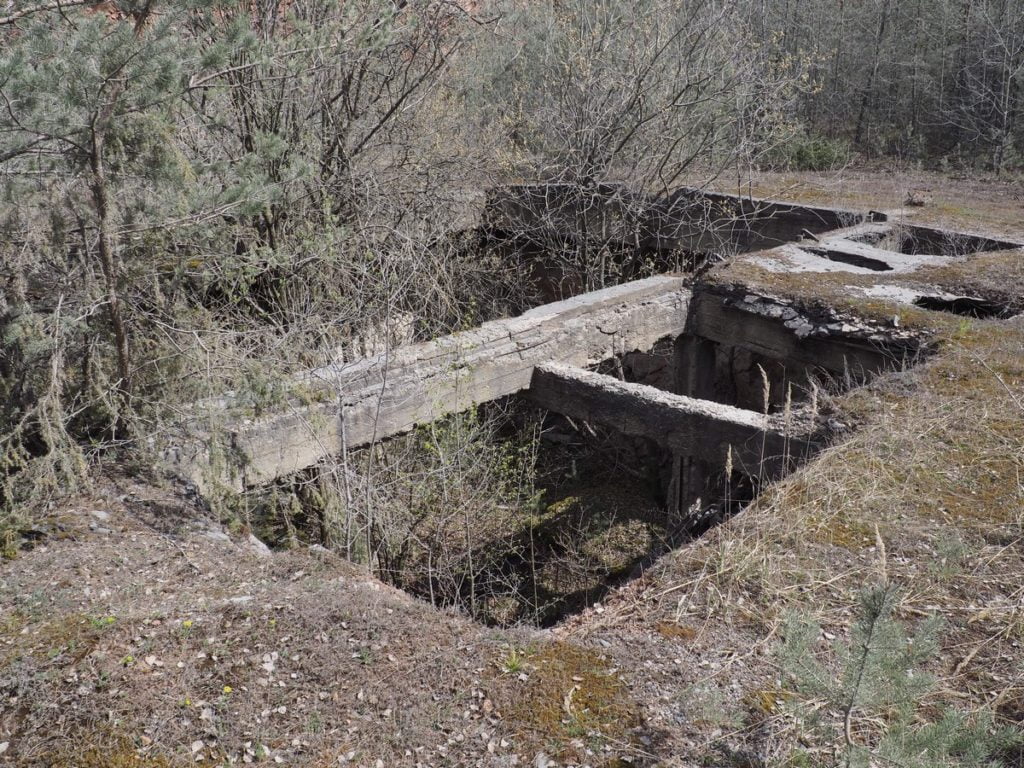
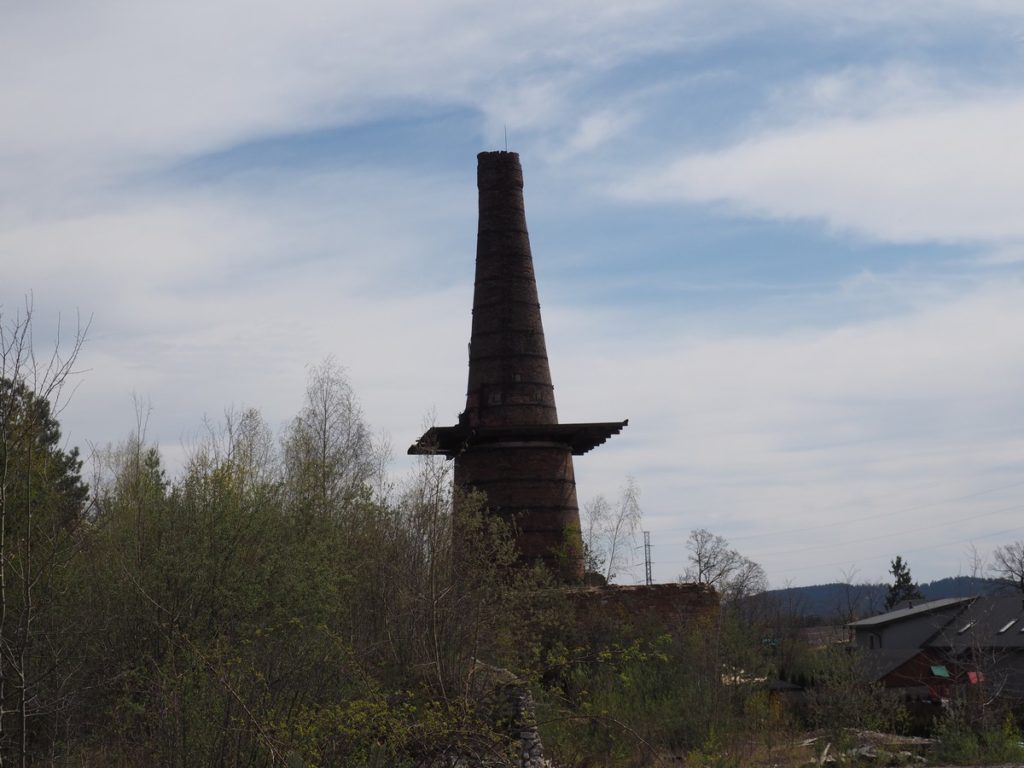
Cave
When talking about caves in the Chelosiowa Jama reserve, we can approach the subject in two ways – underground and ground. What we see on the surface is no longer a cave, but it used to be. During mining works, a large part of the cave collapsed, and fragments of dripstone, glazes, and sometimes stalactites were on the surface. Today we can observe evidence of this fact on the rocks.
The cave part is the system of Chelosiowa Jama and Jaworznicka Cave and the Spider Cave. The Chelosiowa Jama borehole was discovered by a Warsaw geologist – Roman Chlebowski in 1973. Until 1984, the length of the cave was 150 m. In the years 1984-1988, the cave was explored by members of the Kielce Cave Climbing and Mountaineering Section (currently Speleoklub Świętokrzyski in Kielce), discovering 2,600 meters of new corridors. The Jaworznicka Cave was discovered in the early 1960s. The discoverers were the inhabitants of Jaworznia, who descended to it on a steel rope. In 1972, her first plans were made. In 1994, 450 m of corridors were discovered, and two years later the Jaworznicka Cave was connected with the Chelosiowa Jam. The cave system of Chelosiowa Jama and Jaworznicka Cave has 3670 m of corridors (which gives it second place in Poland in terms of a length outside the Tatra Mountains), and the level difference is 61 m (-58, +3). The Spider Cave has 1183 m of corridors, and the level difference is 25.5 m. (-17.5, +8). The caves are located 15 meters from each other in the closest place.
The cave system of Chelosiowa Jama and Jaworznicka Cave is very diverse. There you will find large halls (several meters high), clamps, but also a lake 7 meters deep. Among the dripstones, helictites deserve attention – they are agravitational formations – (e.g. stalagmites growing at an angle of 45 degrees).
Chelosiowa Jama owes its name to associate professor Chlebowski, who was called Cheloś. A reference to the figure of the explorer is also one of the most interesting formations in the cave, called Cheloś Teeth.
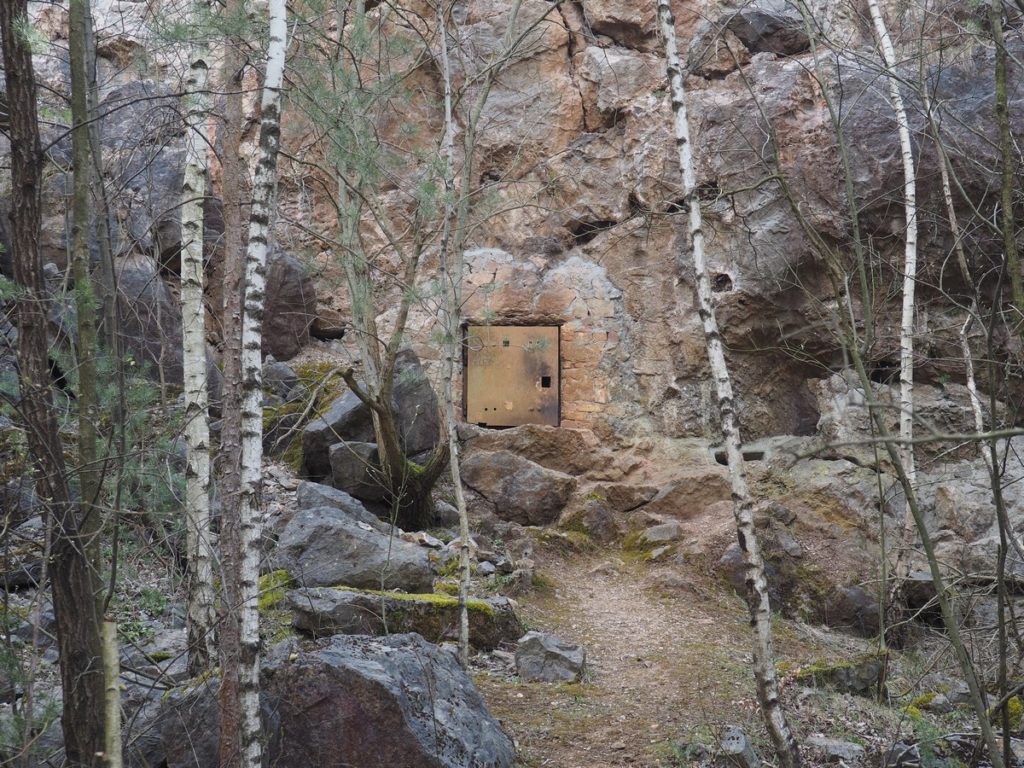
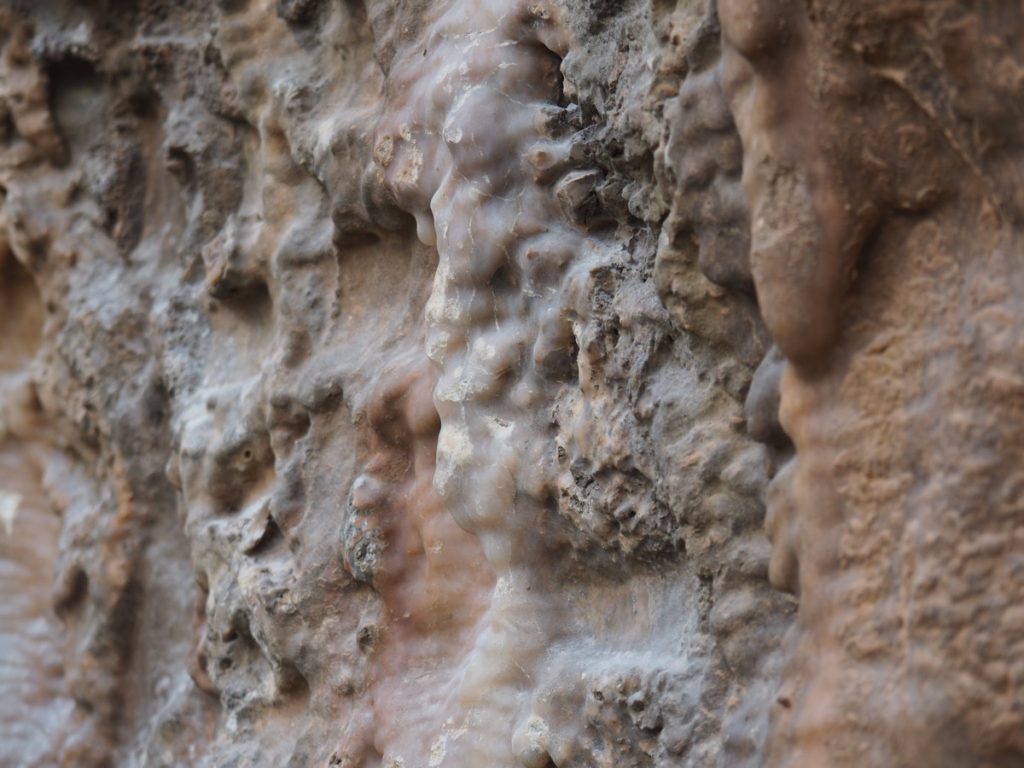
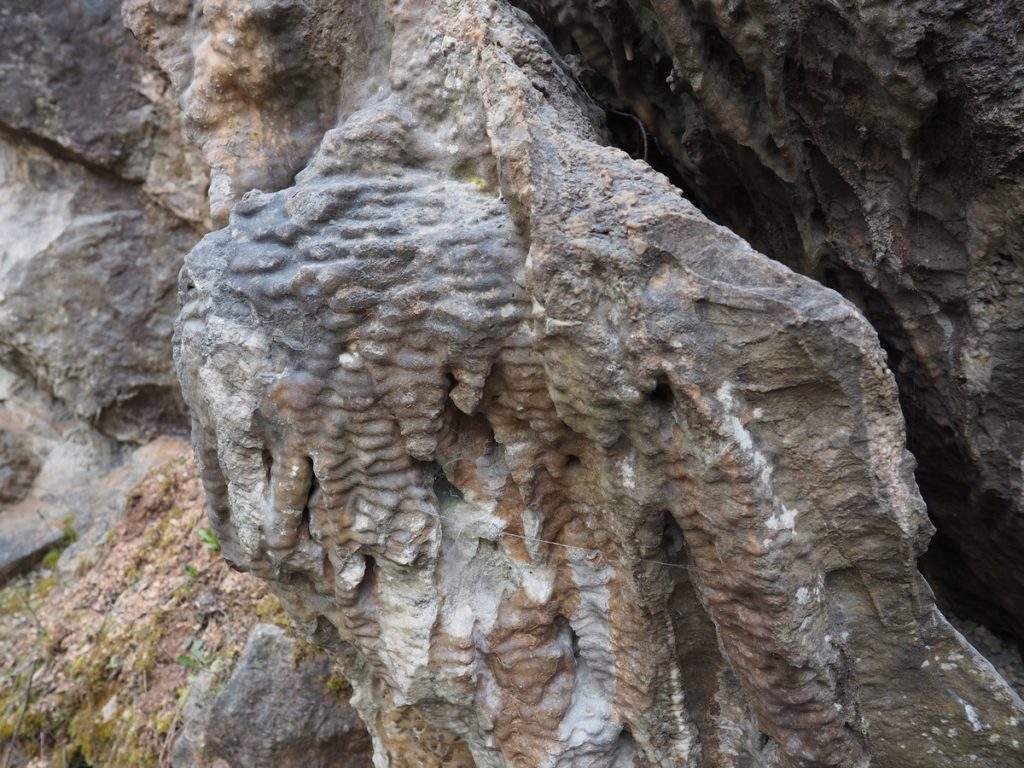
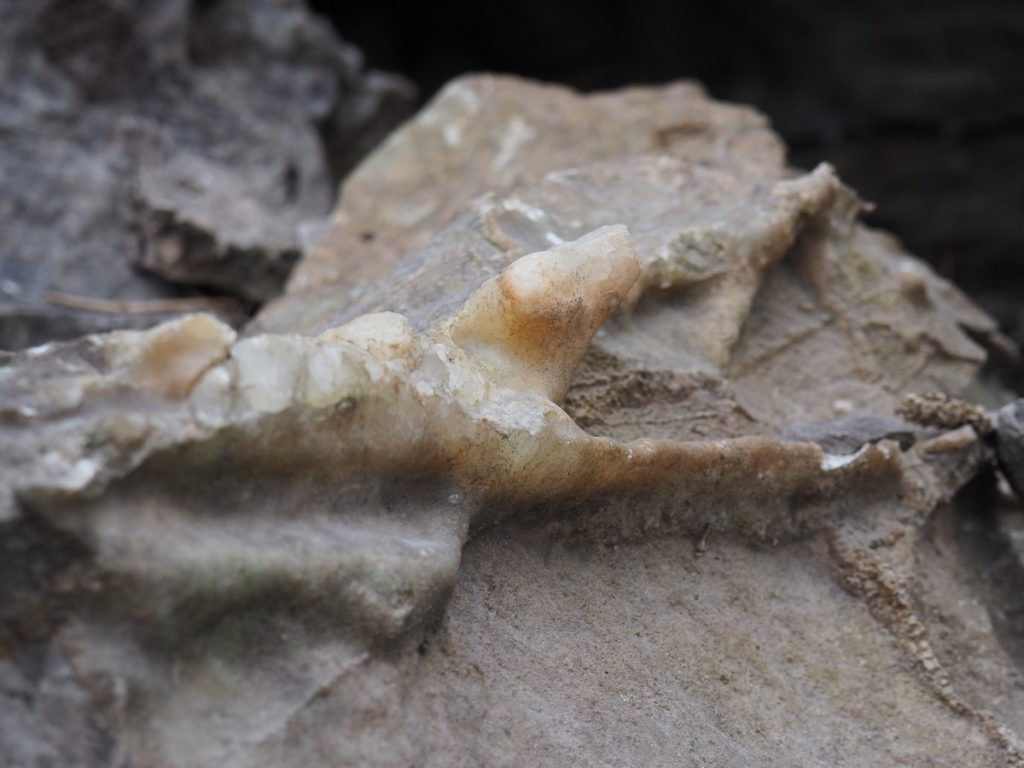
Educational trail
As part of my master’s thesis, I created a geological and natural educational trail around the reserve. It contains seven sites worth visiting:
- Stand I – General view – conglomerates outcrop
- Stand II – A view of the northern and eastern walls of the quarry
- Site III – Calcite vein
- Stand IV – Cave system
- Site V – Boulder, ore and weathering
- Stand VI – Fall of layers
- Stand VII – Protected plants
This path has not yet seen the light of day, but I hope it will happen someday!
Worth to visit?
Chelosiowa Jama Reserve and Jaworzna itself are very interesting places, but the way it is accessible leaves much to be desired. However, it is worth visiting the area and getting acquainted with the place and its history!
